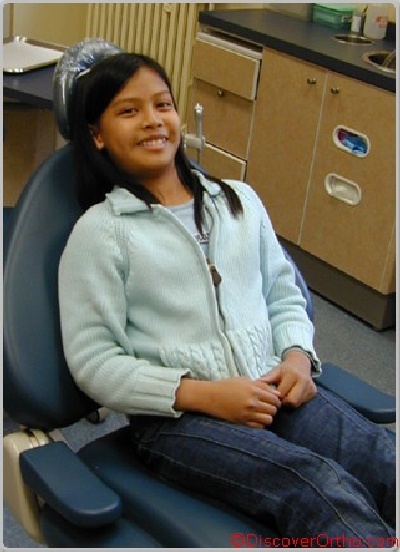






Facial Exam
Introduction
Once the patient is seated comfortably on the dental chair, the facial examination may begin.
Facial type
The first thing to do is to classify the facial type. Some facial types are associated to more complex malocclusions than others. In interceptive orthodontics, we concentrate on treating patients who fit the normocephalic facial type.
Facial symmetry
The second step is to assess the facial symmetry. Record any anomalies in the transverse dimension and midline deviations.
Facial proportions
The third step is to assess and evaluate the facial proportions. Calculating the facial proportions is an important step to determine the size of the facial components relative to one another. Remember that an attractive face, regardless of its type, respects certain proportions.
Profile Analysis
The fourth step consists in studying the patient's profile. The antero-posterior positioning of the different facial structures is of great importance in the orthodontic diagnosis. The profile analysis will be validated by the cephalometric analysis.
The treatment modality chosen must also respect the principles of facial harmony and not only dento-alveolar relationships. Keep in mind that patients seek orthodontic care mainly to improve their facial aesthetics.
The facial analysis is an integral and essential part of orthodontic diagnosis. However, it is sometimes difficult to classify the different parameters in a systematic manner. Using the outside-in approach, the facial analysis will help you categorize your patient in relation to their facial features. The facial analysis does not replace the cephalometric and dental cast analyses. It is only used as a guide in treatment planning.